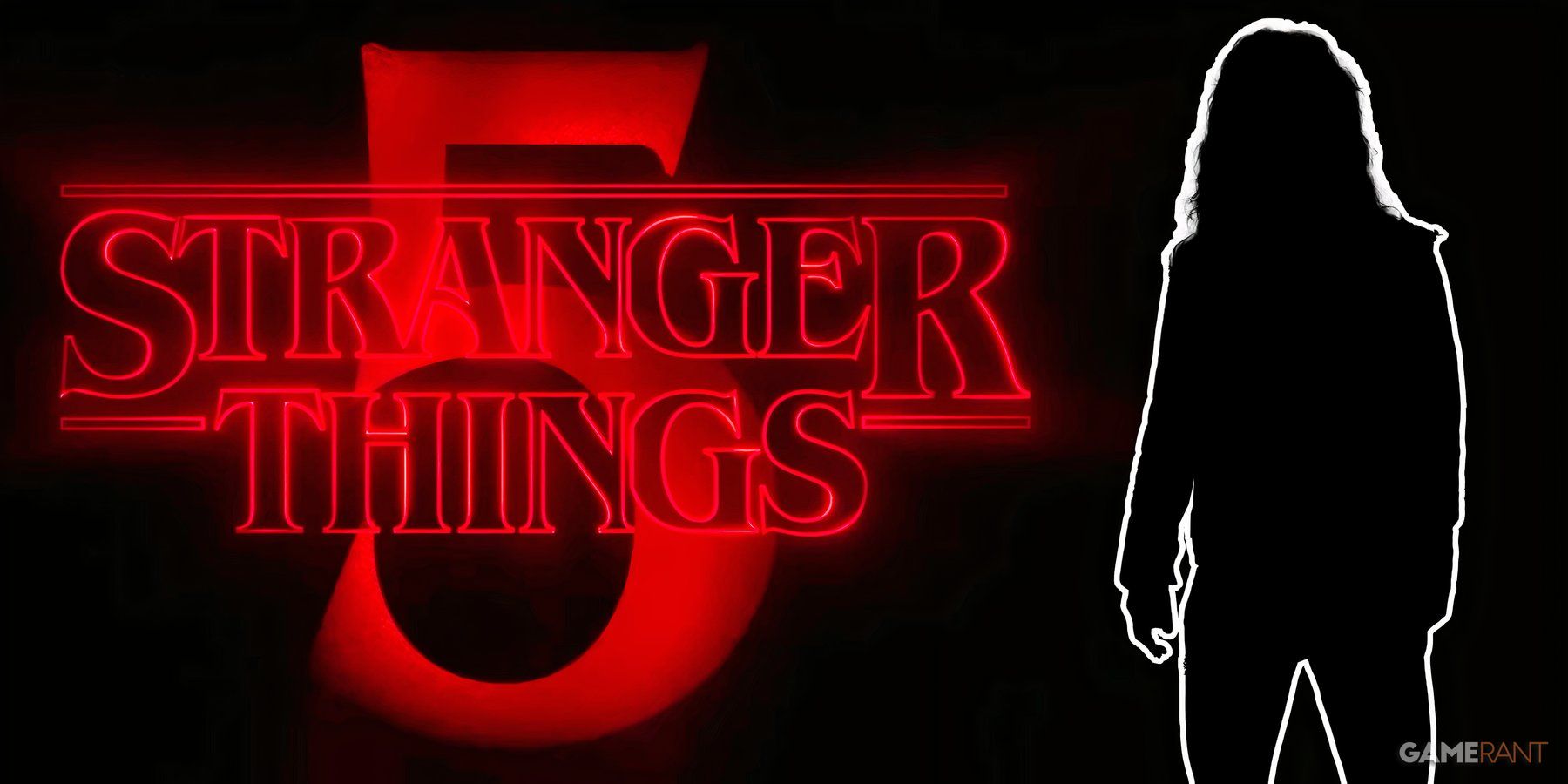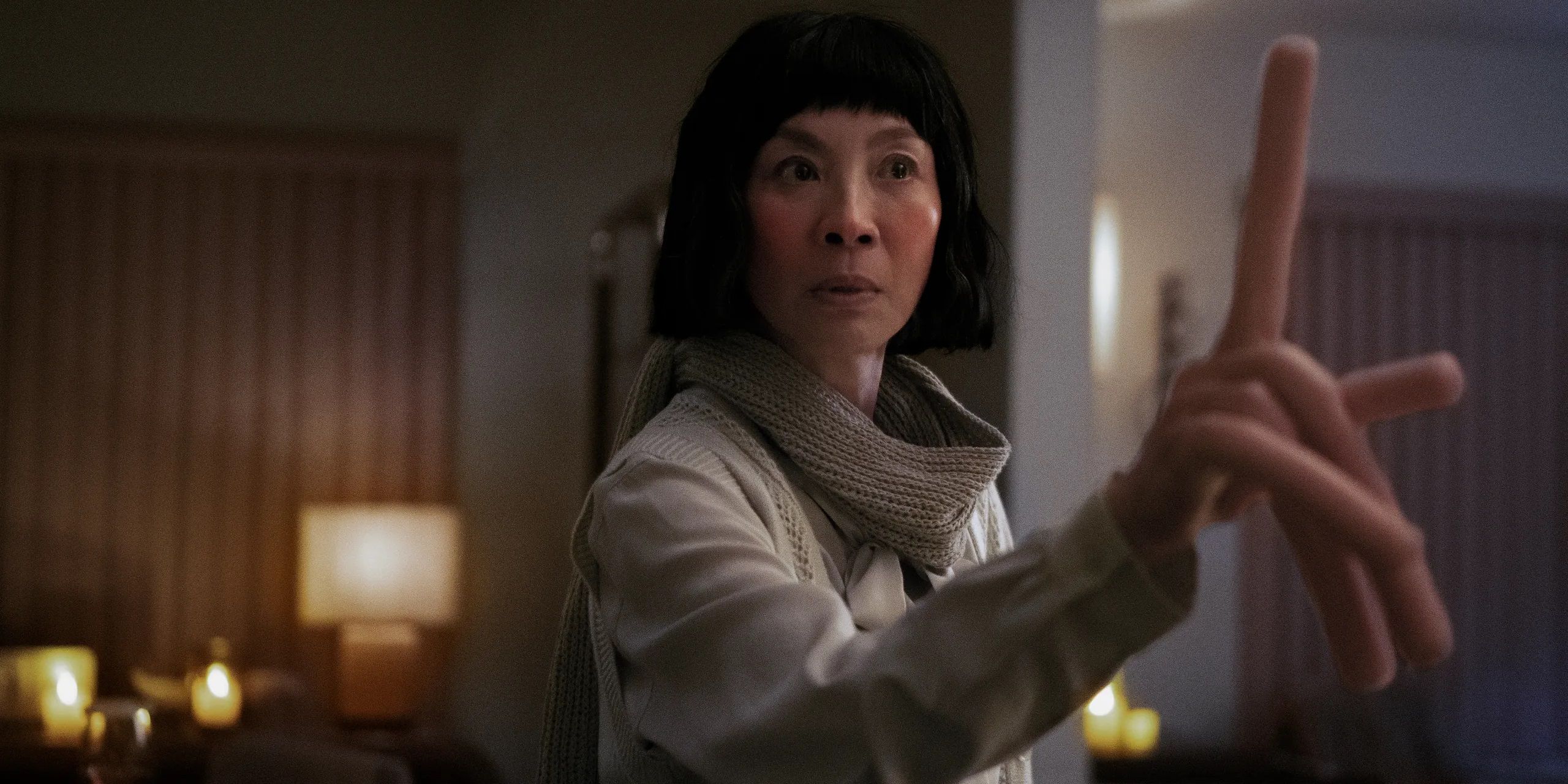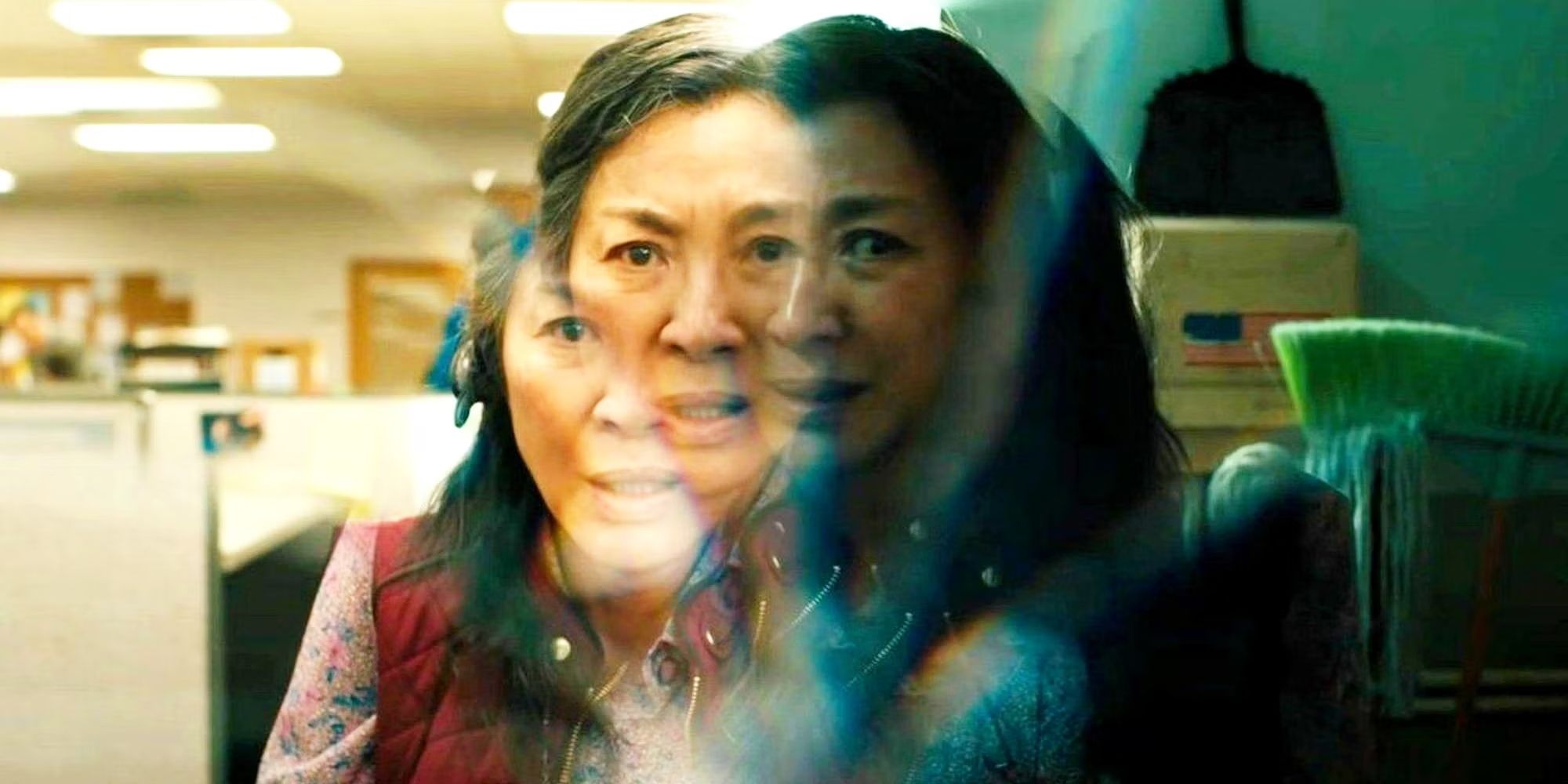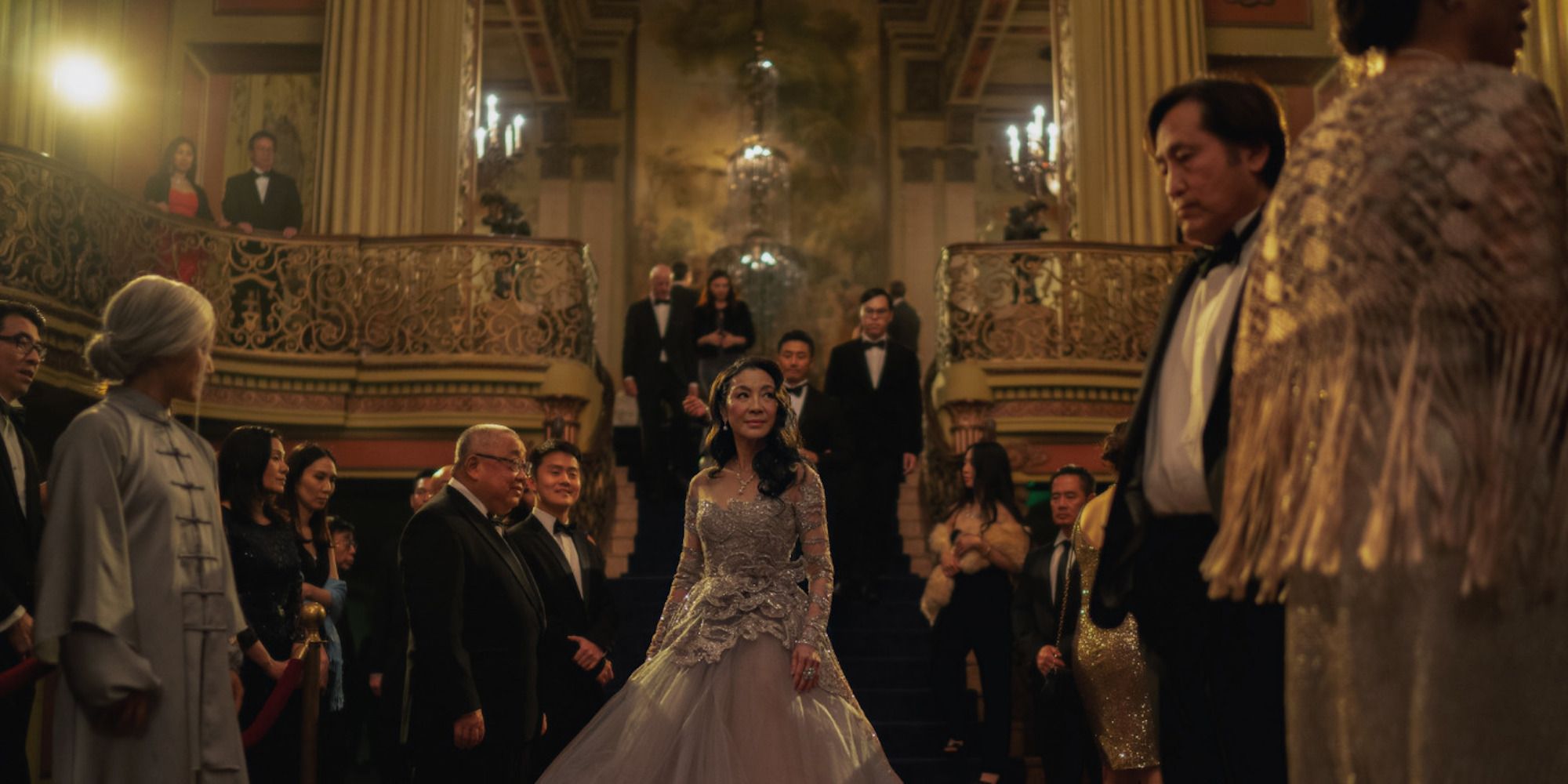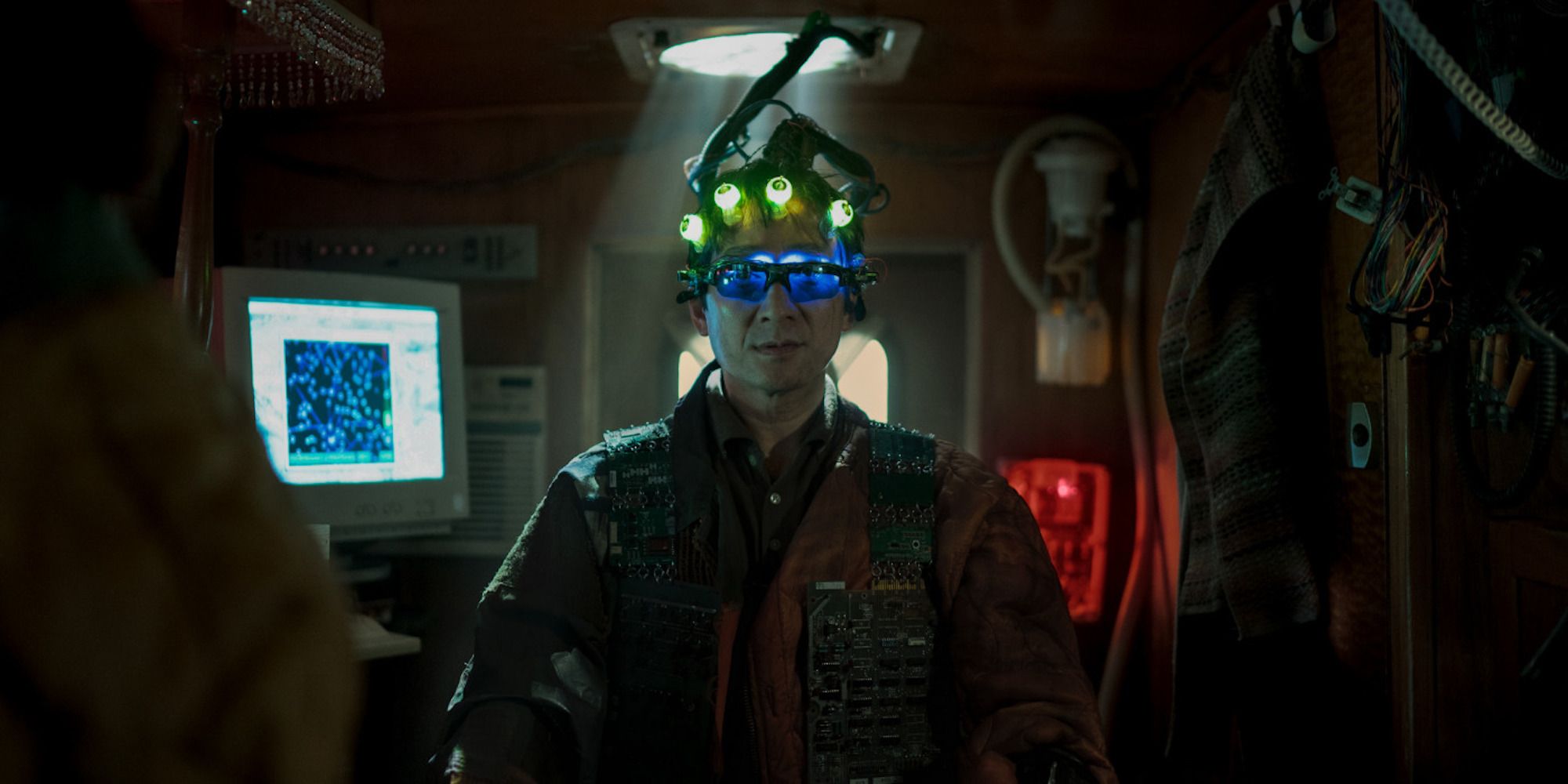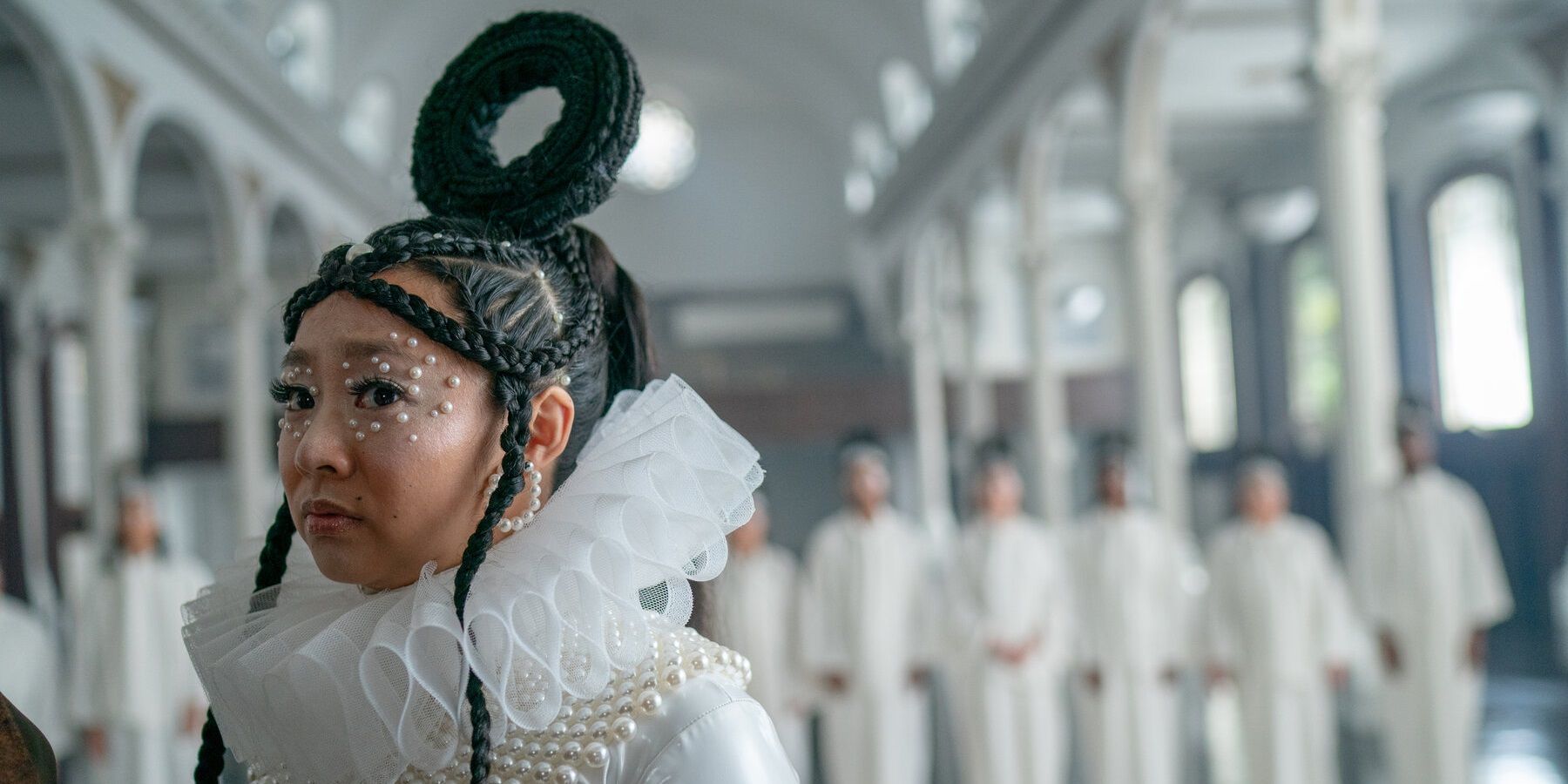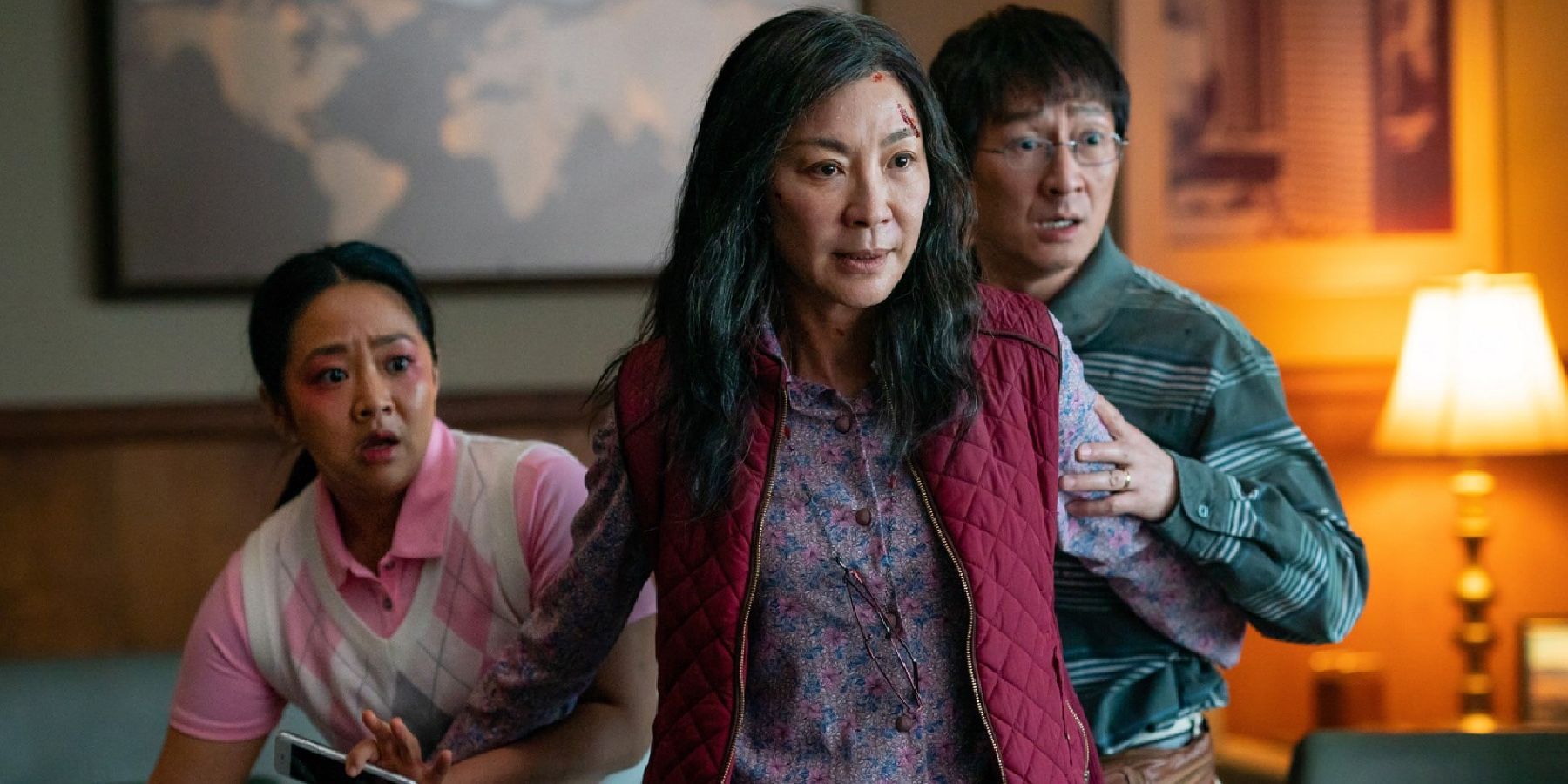In Swiss Army Man, an eccentric fart drama that grapples with existentialism, there is a scene in which the two central characters sing a song to each other, which includes the line: “Everything, everywhere matters to everything”. Six years after their debut film, Daniel Kwan and Daniel Scheinert (together known as Daniels), further explore this theme in their powerhouse indie film, Everything Everywhere All at Once — which is happily more absurd and trippier than its predecessor.
The richly-layered and startlingly profound narrative addresses all the big questions. Does free will exist? What is the impact of a single decision? In the context of an infinite universe, what significance does this life hold? Or, more importantly, what if the human race evolved into having large, wobbly hot dog fingers?
Although pop culture is rather oversaturated with the multiverse concept currently, Everything Everywhere All at Once is a refreshing new addition, as evident by its leading position in the 95th Academy Award nominations. While the protagonists hurtle through different realities, they confront marital issues, fractured relationships with their parents, and the challenges that come with being immigrants. Clearly, there is a lot to unpack, and yet the blend of different genres, the poignant scenes with the zany dialogues and the cacophony of madness deliver a heartfelt, whimsical, energetic, earnest and moving masterpiece that deserves its critical acclaim.
When the Universes Collide: A Summary
The story follows the aging immigrant Evelyn Wang (played by the multi-faceted Michelle Yeoh), who is leading a monotonous life in a laundromat that she owns with her husband Waymond (Ke Huy Quan). She is unaware that he is planning to divorce her and is only focused on keeping the business afloat as an IRS audit by the relentless Deirdre Beaubeirdre (portrayed by the iconic Jamie Lee Curtis) hangs over the family. She also has a seemingly conflicted relationship with her daughter Joy (Stephanie Hsu) as she tries to come to terms with her sexuality. Add a disapproving elderly father (James Hong) to the mix, and the family drama is complete.
In the midst of the mundane chaos, an inter-dimensional crisis emerges when Evelyn is told by another variant of Waymond (who comes from the alpha-verse) that she is just one of the vast number of Evelyns in the multiverse — and yet the only one who can save it from a looming threat. She sets about on a cosmic quest and, in-between all the verse-jumping, tries to overthrow Jobu Tupaki (Alpha Joy), who is attempting to destroy every universe because of her malevolent nihilism.
The Unfulfilled American Dream
When Evelyn discovers another universe where she is a famous action star in Hong Kong (a nod to Wong Kar Wai’s In the Mood for Love), she struggles under the weight of the inevitable ‘what if?’ question. Understandably, this can be expected from anyone who had to uproot their life and shift somewhere else with the bleak hope of better opportunities. Although the directing duo did not intend to highlight the story of every immigrant hero in the movie, Kwan’s Chinese-American family’s dynamics eventually seeped in. The multiverse serves as an apt metaphor as the characters are tempted by the alternate lives they could have led.
The Legacy of Generational Trauma
At its heart, Everything Everywhere All at Once is about the complex relationship between a mother and her daughter. It is a common practice in collectivistic Eastern cultures to sweep any glaring problems under the rug so that familial harmony remains intact. Although Evelyn does make some effort to accept Joy’s choices, it is only half-heartedly. Even within the same universe, it feels like they are both in separate worlds as the gulf between them continues to widen with each argument. It is this generational divide that triggers Jobu Tupaki’s pain and, thus, her plans to destroy the multiverse. The scene in which the two converse as rocks overlooking the Grand Canyon accurately depicts the communication gap in Asian families.
Evelyn’s relationship with her own father also explores the theme of generational trauma. When she agreed to marry Waymond, her father Gong Gong all but disowned her. The unprocessed anger and guilt led Evelyn to give Joy her own share of trauma. The sequence of the film’s events propels her to finally recognize her trauma and how she has inflicted it on her family.
A Digital Overload
The story of Everything Everywhere All at Once was written at a time when the internet was beginning to introduce immersive, virtual reality worlds. The unreality of these had — and, in fact, continues to have — a warped effect on users. Online platforms were built to promote social connections — and yet, they designed an algorithm that went against this very notion by spurring users to fight against each other for a place on top of the food chain. The Daniels have confirmed that the movie’s plot had derived from their growing concern about the over-saturation of one’s space with information from multiple media channels, creating another sense of reality altogether — or, in other words, an alternate universe.
A Bagel With a Side Dish of Everything
The bagel motif keeps reappearing in the movie, even before the audience is told what the ‘everything bagel’ is. It is a cardboard sign reading ‘Hail Bagel’ in a place where an armored van zigzags through wrecked cars. It is the black circle drawn around a figure on a receipt. It is the spinning of a dryer in the laundromat. It is the black ring on top of the heads of Jobu Tupaki’s followers. As explained later on, it is the sum of all the thoughts, memories and experiences in the multiverse — all of which equal nothing. The void at the center of the everything bagel is what beckons Jobu. As she cannot die a natural death, she hopes that the perpetual black hole is able to end her existence in every universe there is.
However, as the plot unfolds, it is discovered that the image can be reversed to a more hopeful representation of the universe: a white abyss with a black center. This is symbolized by the pair of googly eyes that Waymond has at home, and which Evelyn uses as a third eye towards the end of the movie.
Nothing, and Yet Everything, Matters
It may seem at first that Everything Everywhere All at Once is yet another cynical, nihilistic film that demonstrates that nothing matters in the bigger scheme of things. One’s life is, after all, no more than a speck of dust in the universe, let alone the multiverse. As Joy propagates, the overwhelming number of possibilities is what makes life so meaningless in the first place. When Evelyn first gets familiar with the different parallel worlds, she too questions the significance of her very being, considering that there are an infinite number of Evelyns already out there somewhere.
However, after being everything and everywhere, she realizes that even if all the Evelyns made different choices along the way, they essentially still have similar battles to fight. Ultimately, this helps her find peace in just one life, in one place. It is the joy of the little moments that end up saving the entire multiverse. As Waymond puts it, if nothing actually matters, then one gets to choose what does. This can be finding tenderness in spite of grotesque hot dog hands. It can be butt plug trophies. A raccoon with culinary skills. The power of kindness. Or just doing taxes and laundry with your loved ones.



